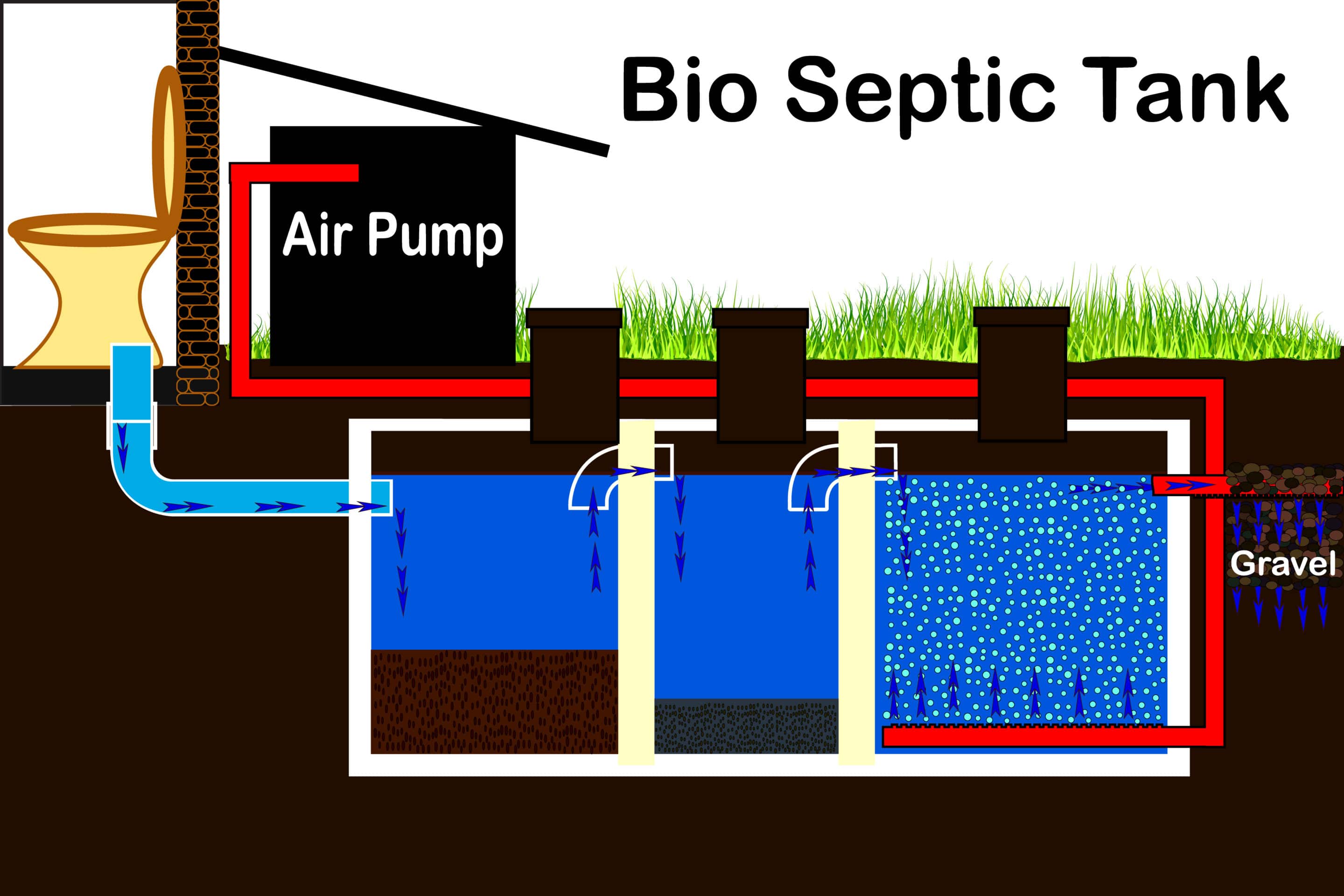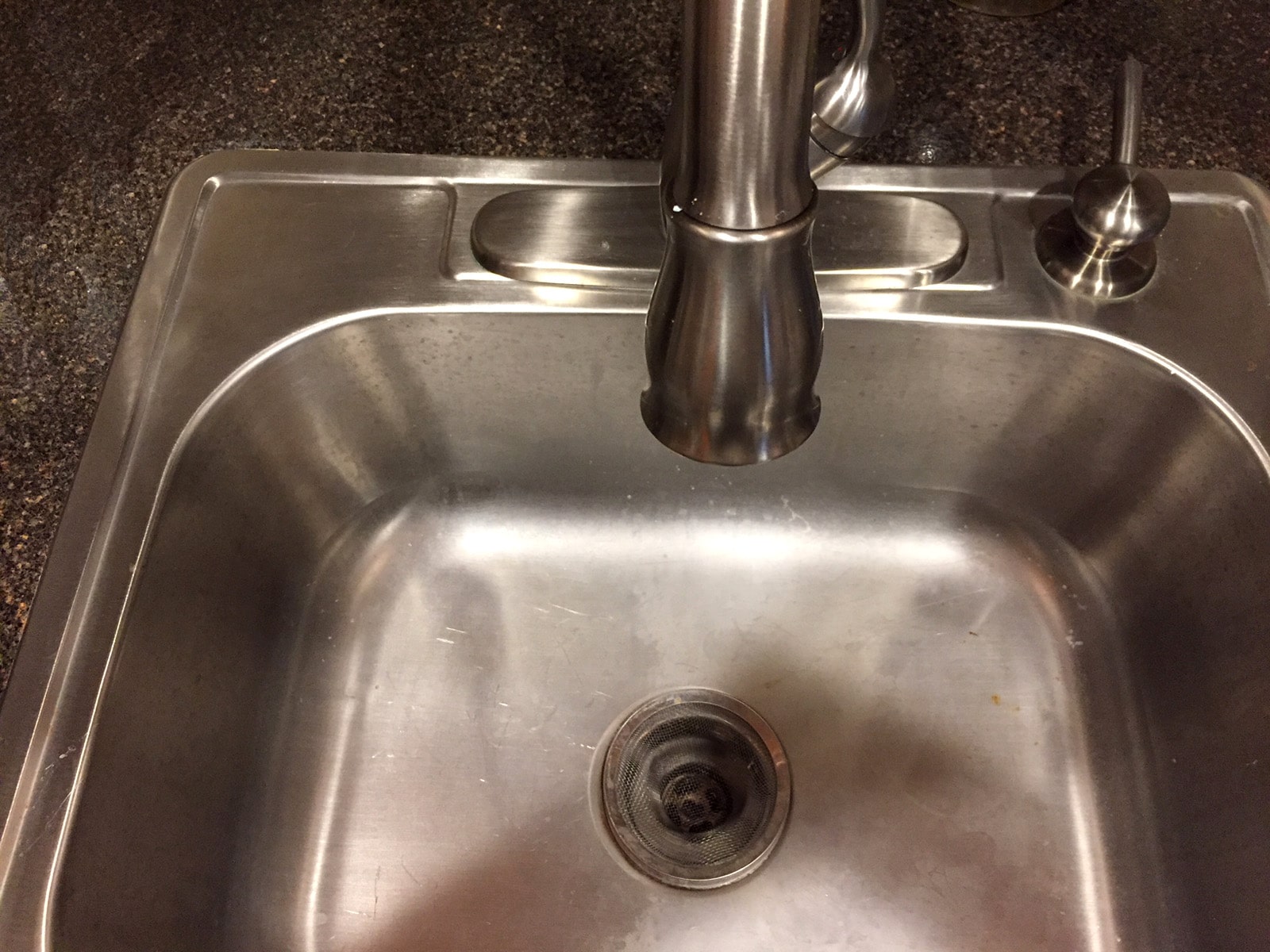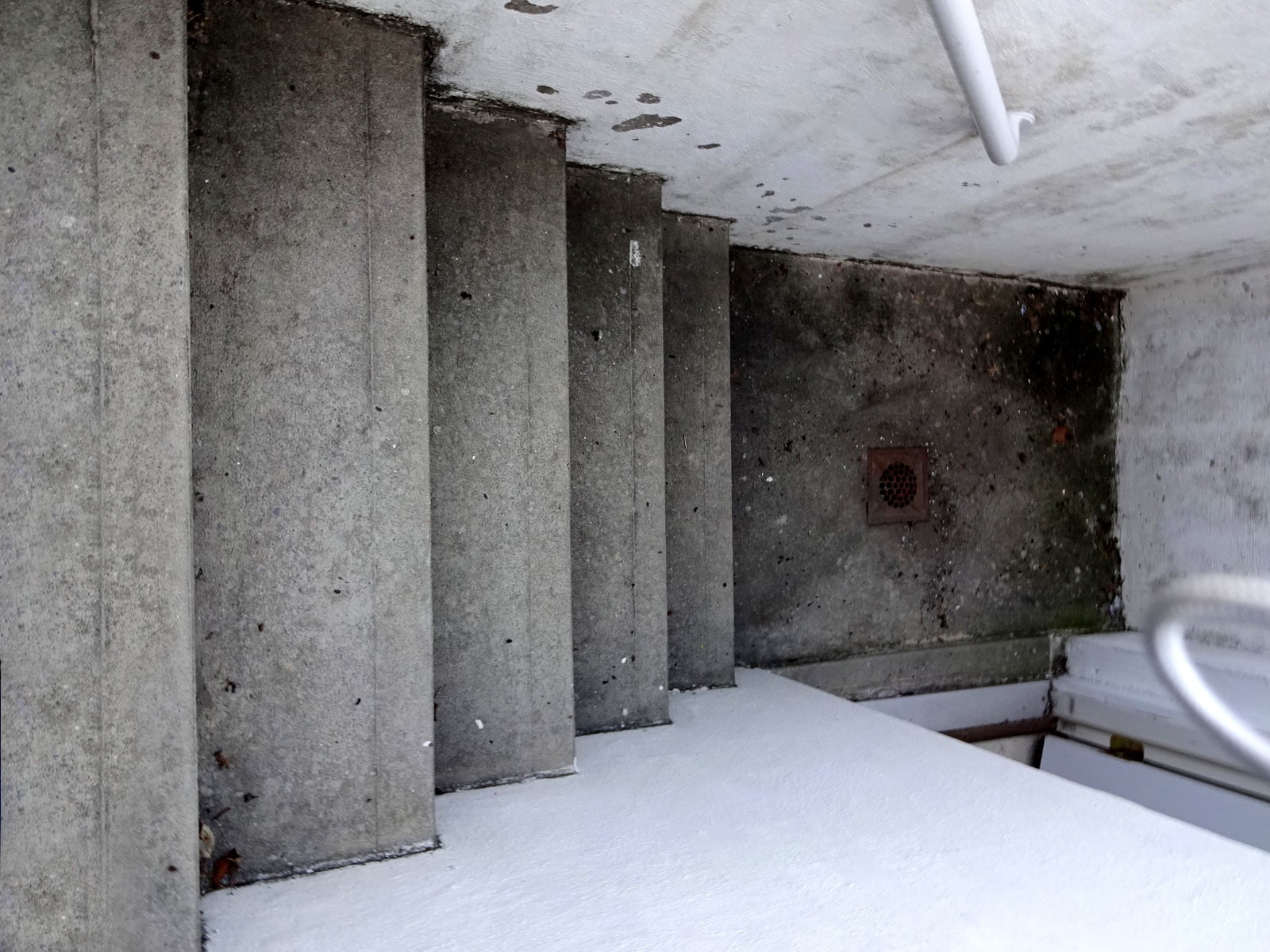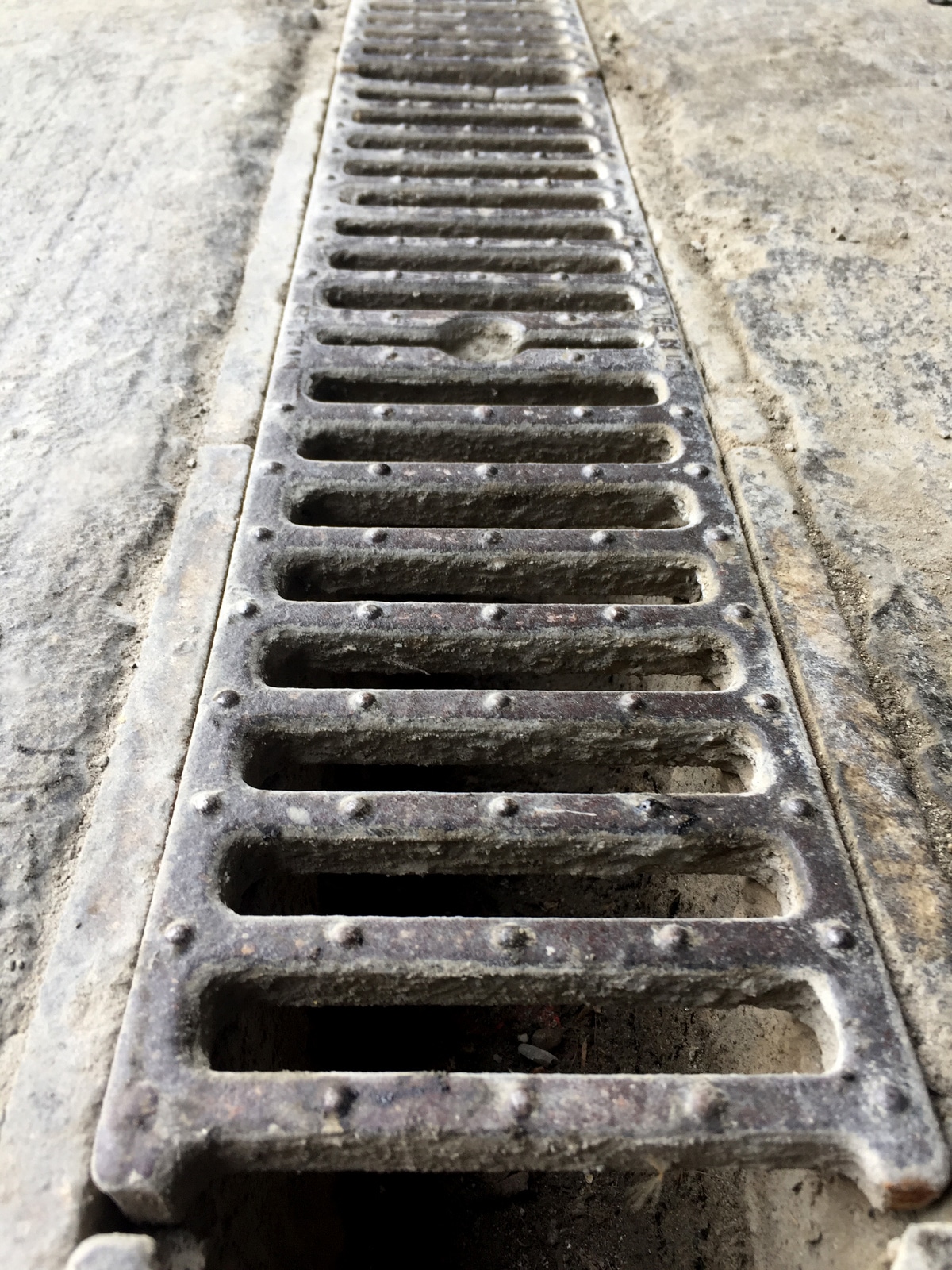 Knowing and understanding your floor drains can keep your waste water flowing in the direction they were designed for. That equates to you having a dry basement, and a basement that does not suffer from surcharges from your public sewer system, or other unexpected sources.
Knowing and understanding your floor drains can keep your waste water flowing in the direction they were designed for. That equates to you having a dry basement, and a basement that does not suffer from surcharges from your public sewer system, or other unexpected sources.
We all know that plumbing is an inescapable part of any modern home we may live in. In fact, there are probably dozens of plumbing components you don’t realize you have or use on daily basis.
Plumbing installations are not only about providing a passageway for water to travel from a supply facility to your house. Your plumbing also makes sure that wastewater is sent to the [public sewer for treatment, and likewise cannot re-enter your living space. Your kitchen sink, showers, toilets, bathtubs, and all other water fixtures are connected to network of drainage systems. An important part of the system is the floor drain.
What most people do not realize is that floor drains are also the most susceptible to a backup. That is because they are the lowest to ground level.
Why would you have floor drains?
As the name suggests, a floor drain is a plumbing fixture designed to remove possible standing water in the floor of a structure. It typically consists of a drain grate (cover) in rectangular or round shape, sediment bucket (trap), a p-trap under the drain, and backwater valve in addition to the drain pipe itself. Residential houses can have multiple floor drains installed near the water heater, in the garage, bathroom, and even on the outside such as yard drain. In commercial buildings, floor drains are also necessary such as in laundry facilities, refrigeration areas, shower rooms, and swimming pools. A floor drain must always have strainer or cover to prevent entry of water insoluble objects, injuries, and animals.
In certain areas, for example garages and showers, floor drains are most likely the only plumbing components where standing water can flow out of the property into a treatment facility. In any other indoor areas, they function as a secondary gateway for excess water to flow out in the event of a water heater leak, or a sink overflowing. They are also useful anytime you have to wash away dirt from floor using a large amount of water.
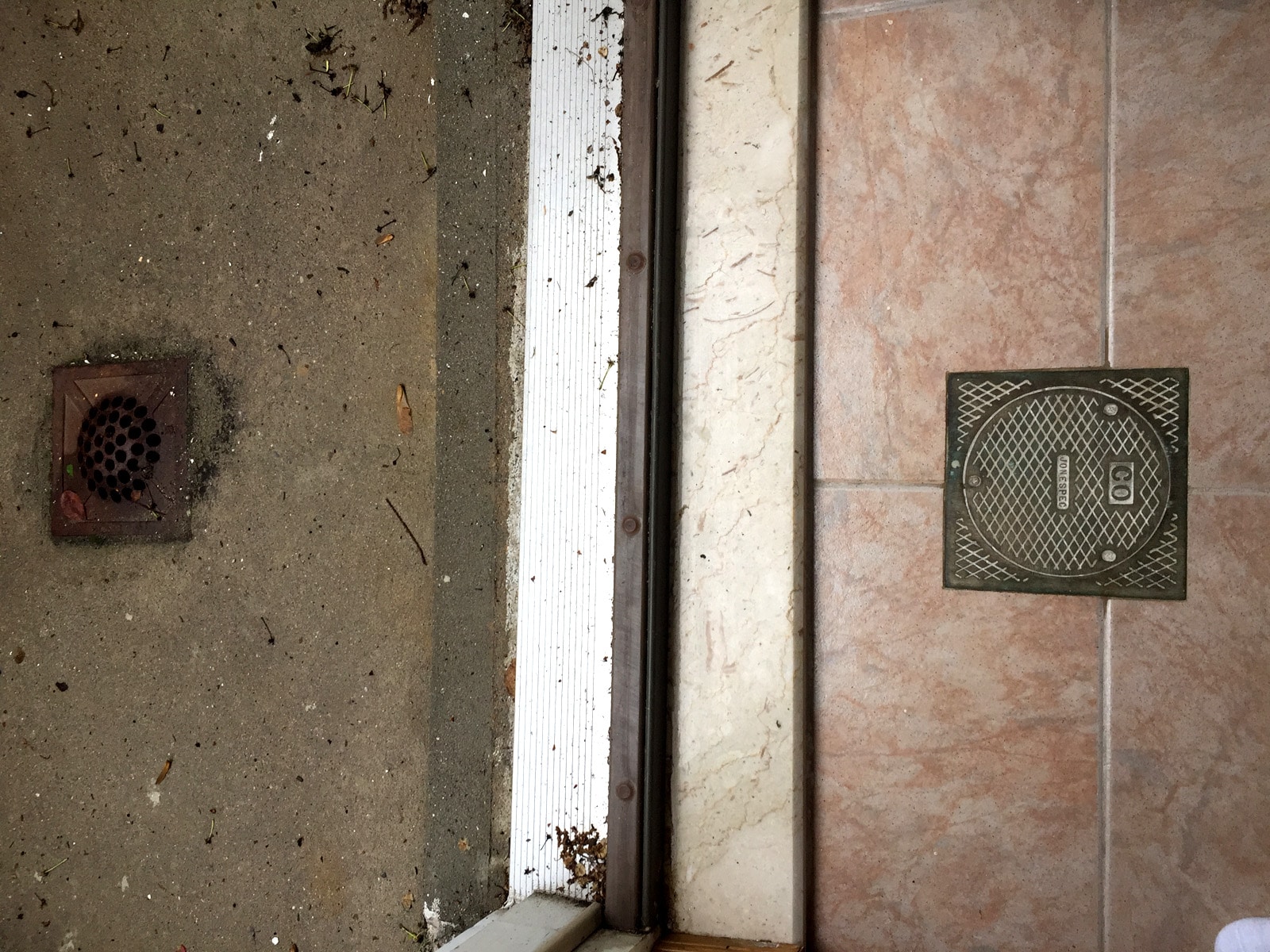
Common problems with a floor drain
If you are like most people, chances are you don’t really pay attention to floor drains until problems arise. There are very few (if any) floors in any structure that are free from debris and non-liquid waste. Dirt, debris, strands of hair, food particles, small objects, and plastics are some of the most common culprits of floor drain clogging. Since the floor area around the drain is usually sloped for easier water flow, objects small and light enough for water to carry can end up in the drain sump pit as well. Those objects will accumulate over time and cause a complete blockage of the drain line itself.
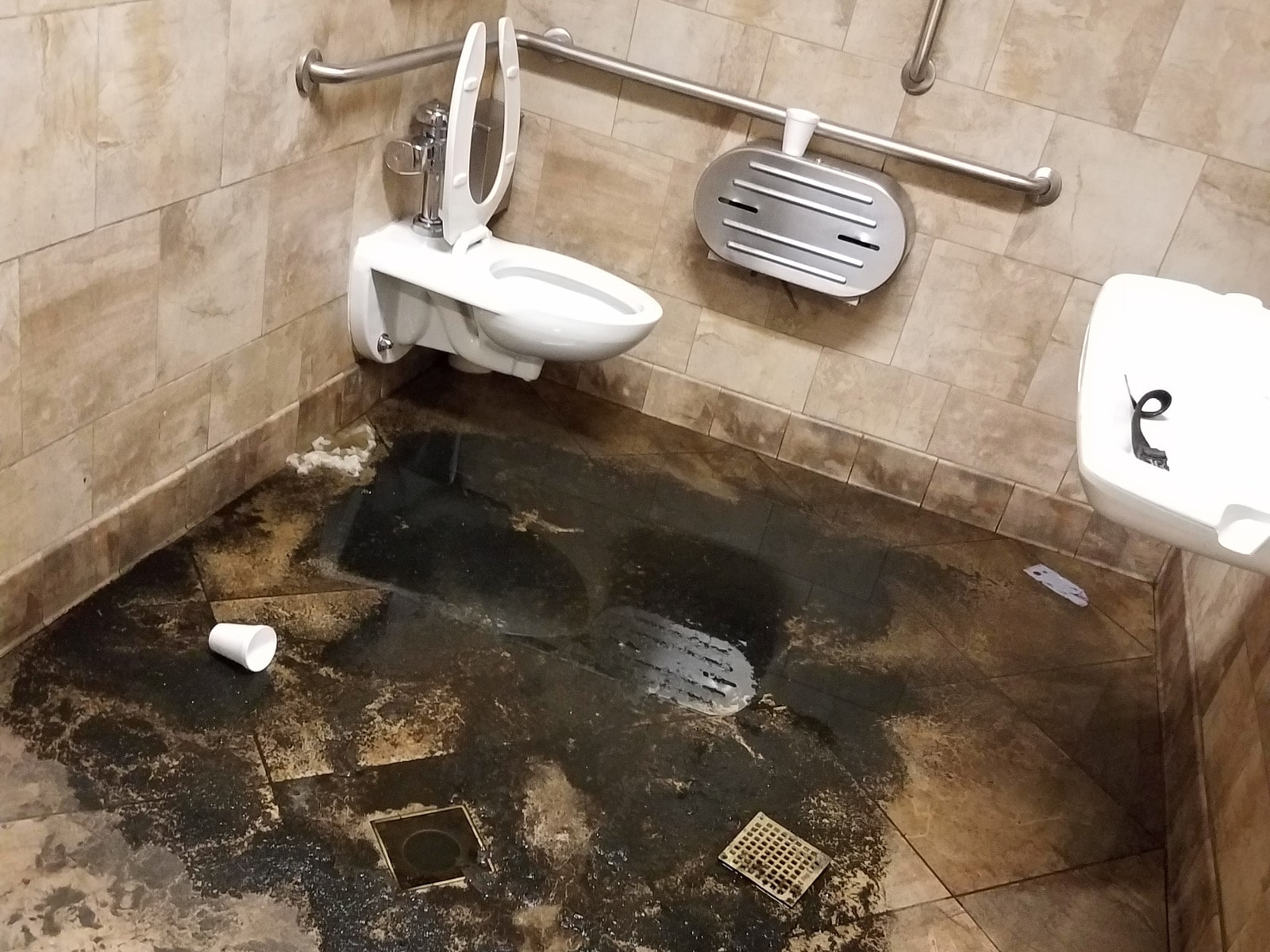
Floor drains require a trap, with the trap water seal maintained
Remember that NYC building code requires any drain to be fitted with a trap. A trap prevents sewer gases from entering your living space. Water inside the p-trap located under the drain, or in some cases outside the drain, can dry because of evaporation, capillary action due to the presence of wicking material, or a leak. When this happens, sewer odors and gases can enter the house and potentially cause health issues.
Public sewer surcharges can pass through your floor drain
Keep in mind that floor drains are usually connected to your main sewer line. Therefore, an overflow or surcharge from your public sewer can also send waste water flowing back to your house. That is unless you have a properly configured a sewer backwater valve. In many cases a backwater valve can be designated solely for your floor drain. This can be a good idea, as the floor drain is usually the lowest drain fixture in your home. Making it the most likely for waste water to back up out of.
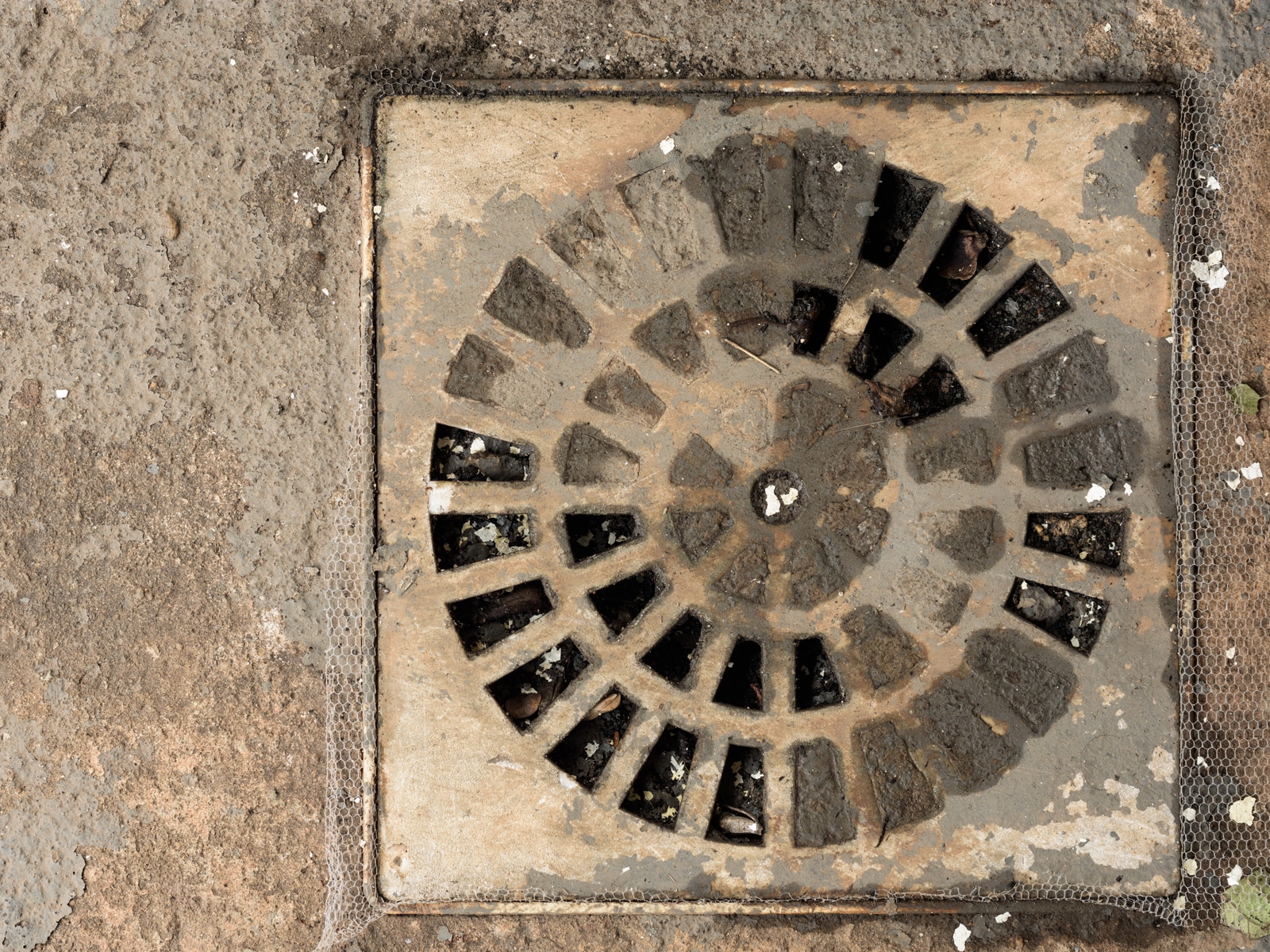
To avoid such issues as stated above, make the effort to do a regular check and maintenance on your floor drains. Make sure the backwater valve closes during a storm, heavy rains, or when you must leave the house for an extended period. Backwater valves are manual, therefore they can be tested manually in a minute or two. Water inside the p-trap may need a refill every now and then, too. This is accomplished by simply pouring about a gallon of water directly into a floor drain. If you don’t have a backwater valve on the drain pipe, and you suffer from public sewer surcharges, have one installed by a licensed plumber.
Different floor drain materials and covers
Floor drains are available in many different sizes, shapes, and materials. Rectangular shapes range between 2-inch and 12-inch wide. While most of the round versions usually come with 4-inch diameter grating. Gratings or covers can be made of metal or plastic, for examples:
Steel floor drain bodies and grating covers
One of the safest and hardest materials to make floor drains. Put in mind that only the grating is made of steel, while the frame is often made of polypropylene. Steel floor drains are most commonly used in residential houses.
Ductile Iron floor drains
Depending on the manufacturing standard implemented, some iron floor drains are actually stronger than their steel counterparts. Using ductile iron will result in a better weight/strength ratio. These floor drains are sturdy, and remain quiet even when installed in a floor where heavy machinery is in use.
HDPE drains
Sometimes referred to as “polythene” in plumbing applications, HDPE floor drains are chemical-resistant and they can withstand high temperature of up to more than 200-degree F. In some applications, these are useful attributes.
Among the most popular shapes, linear channel drainage is preferable because of its rectangular shape that allows for more openings on the surface, without sacrificing the aesthetic appeal. Instead of having one large entry hole, it offers multiple small opening across the surface to accelerate the draining process.
There are many options to choose from when a floor drain is desired for a location. It is always best to consult a professional plumber regarding the selection and specification that works best for your purpose. As a rule of thumb, a bigger more effective floor drain is best installed in a floor where water usage is high, such as a restaurant. The anticipated drainage requirement is the most crucial factor to determine the size, shape, and material of floor drain you need. As an example, a typical home’s boiler room requires a relatively small area floor drain.
DIY is not always the best approach
With instructions, both text and video, from the Internet, there is no denying that anyone can feel like an expert DIY enthusiast when it comes to plumbing. While the DIY approach is a good way to practice and test your workmanship level indeed, you must know your own limitations. If you come across difficulties in installing, repairing, or cleaning floor drains, persistence can lead to further damage instead. This is not to say you should immediately give up the work anytime you bump into problem, but realize that a professional almost always gets the job done better and quicker. An improperly installed floor drain, or any plumbing fixture for that matter, can be worse than no drain at all.
Team Balkan is among the most experienced plumbing contractor in the NYC area. That includes Manhattan, the Bronx, Queens, and Brooklyn. With more than 65 years of experience in the trade, it has the expertise and proper tools to address any issue that may arise from floor drains or plumbing problems that cause the floor drains to stop working as intended. Feel free to contact Balkan any day of the week for both expert service and advice.

